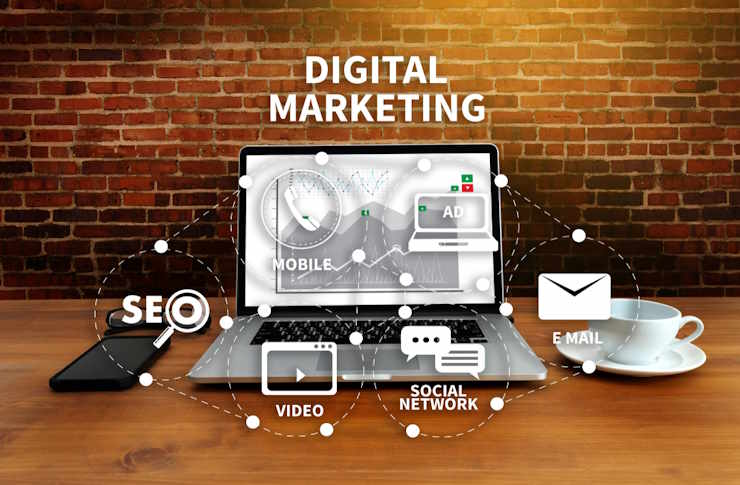Shaping Industrial Futures: Examining the Role of Additive Manufacturing
Introduction: The dawn of the 21st Century ushered in a wave of technological advancements with profound implications on various sectors. One such development is Additive Manufacturing (AM), also popularly known as 3D printing. Although initially perceived as a mere technological novelty, AM has evolved to become a transformative factor in the industrial sector. This article delves into the journey of AM, its present implications, and potential future contributions to the industrial landscape.

The Emergence of Additive Manufacturing
Additive manufacturing traces its roots back to the early 1980s, with Chuck Hull’s invention of stereolithography. This process enabled the creation of 3D objects from digital data, marking a revolutionary moment for industrial production. Over the years, AM technologies have evolved, becoming more efficient, versatile, and affordable, leading to widespread adoption across various industries.
Unpacking the Benefits of Additive Manufacturing
Today, AM plays a pivotal role in the manufacturing sector, contributing to increased operational efficiency and reduced production costs. With its ability to create complex shapes and structures, AM enhances design freedom and enables rapid prototyping. This agility in production significantly reduces the time-to-market for new products, providing a competitive edge for businesses.
Challenges and Limitations
Despite its many advantages, the adoption of AM is not without challenges. These include high initial investment costs, limited material compatibility, and the need for significant technical expertise. Additionally, issues of intellectual property rights and standardization in AM remain contentious, necessitating further regulatory development.
Future Outlook
The future of AM is promising, with continued technological advancements expected to drive its adoption. Potential developments include the use of advanced materials, increased automation, and the integration of AM with other emerging technologies. As AM continues to mature, it is poised to unleash new possibilities in the industrial sector, shaping the future of production.
Key Insights for Business and Industrial Leaders
-
Embrace the potential of AM: Despite its challenges, AM offers significant benefits that can enhance operational efficiency and competitiveness. Early adoption can provide a strategic advantage.
-
Invest in skill development: Implementing AM requires technical expertise. Investing in training and development can ensure a smooth transition to AM-based operations.
-
Engage with regulatory bodies: Collaborating with regulatory bodies can help address issues related to standardization and intellectual property rights in AM.
In conclusion, AM is significantly transforming the industrial sector, offering benefits of cost efficiency, design freedom, and rapid prototyping. Despite the challenges, with continued advancements and the right strategies, AM holds immense potential to shape the future of industrial operations. As such, understanding and leveraging this technology is crucial for business and industrial leaders.




